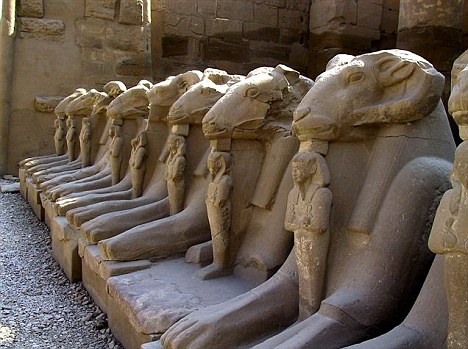We have been lately writing about the artwork in general. The artwork is a human production conditioned by the author’s skills, by the historical moment and the place where it is produced. Ancient Egypt was not an exception.
The big question also for us is, can we speak about artwork in Ancient Egypt? Or must we talk about craftwork?
According to the experts, an artistic creation needs the following properties which mark its nature:
- Artificiality. It has to be the result of an intentioned human activity, not something spontaneous.
- It has to have an intentioned esthetic, thought to be contemplated and perceived through he senses, the emotions. It has to have the intention of transmitting something to an observer.
- It has to have the intention of communicating something. If there is supposed to be an observer it is because the maker of the artwork wants to say something to him/her.
- It needs to have authenticity. The work has to be something original of someone. Imitation or copy are not considered as an artwork.
- Due to the former property, the artwork has to have individuality. It refers to the no multiplication from the author of the same artwork. From the moment that there are two equal pieces they are not artworks, but craftwork.

The Avenue of the Sphinxes in Karnak. Is every piece an artwork?Photo: www.dailymail.co.uk
All these features could be collected in the following definition: “an artwork is an original product made artificially by the human being with the intention of communicating something” (Fernández Arenas, J. “Teoría y Metodología de la Historia del Arte”. Barcelona, 1990, p. 27).
After reading that, let’s think about the art of Ancient Egypt, about all those pieces that nowadays are in museums or about all paitings and reliefs in situ in Egypt…how many properties of those mentioned above do we find in the ancient Egyptian art?